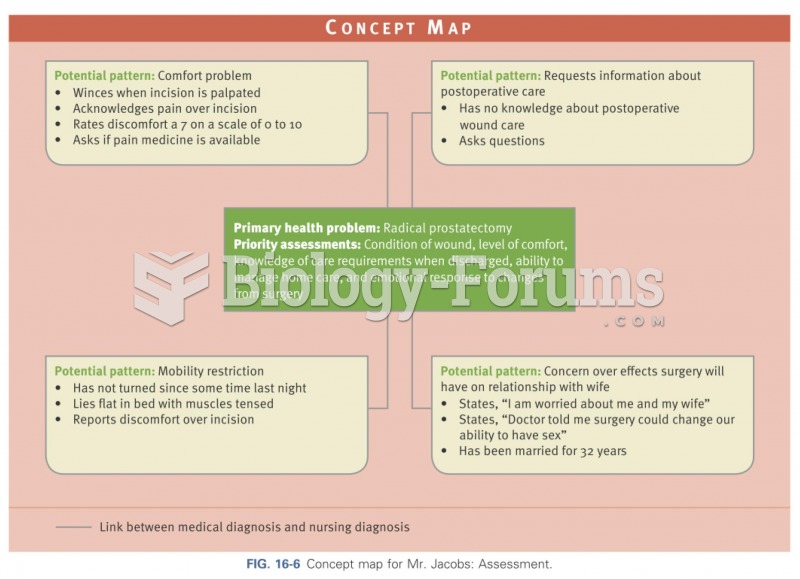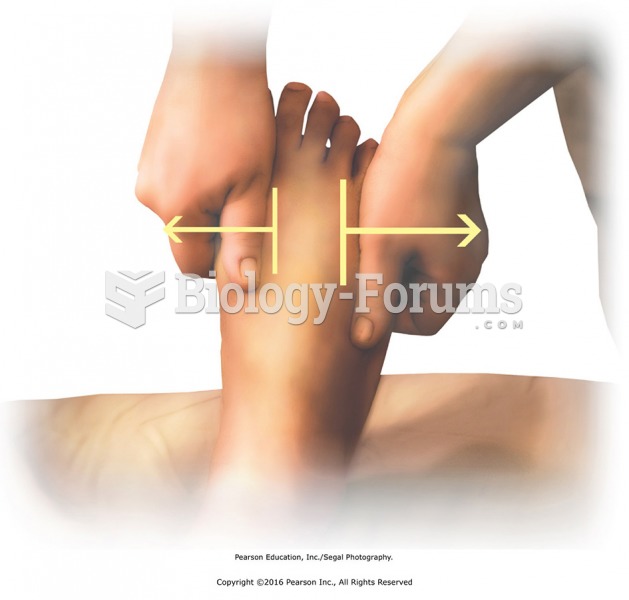Answer to Question 1
This concept means that a business is separated from its owners, creditors, and customers. The business is treated as a separate economic or accounting entity.
Answer to Question 2
1. April 2014 May 2014
Revenuesa 8,400,000 12,480,000
Direct material cost of goods sold
Beginning inventory
Direct materials in goods manufacturedb
0
3,350,000
1,005,000
2,680,000
Cost of goods available for sale
Deduct ending inventoryc 3,350,000
(1,005,000) 3,685,000
(201,000)
Total direct material cost of goods sold
Throughput margin
Other costs 2,345,000
6,055,000
3,484,000
8,996,000
Manufacturing costs 3,650,000d 3,320,000e
Other operating costs 1,650,000f 2,160,000g
Total other costs
Operating income 5,300,000
755,000 5,480,000
3,516,000
a 24,000 350; 24,000 520 e (3,300 400) + 2,000,000
b 6,700 500; 6,700 400 f (3,000 350) + 600,000
c 6,700 150; 6,700 30 g (3,000 520) + 600,000
d (3,300 500) + 2,000,000
2. Operating income under:
April May
Variable costing
Absorption costing
Throughput costing 1,250,000
1,850,000
755,000 3,120,000
2,640,000
3,516,000
In April, throughput costing has the lowest operating income, whereas in May throughput costing has the highest operating income. Throughput costing puts greater emphasis on sales as the source of operating income than does either absorption or variable costing.
3. Throughput costing puts a penalty on production without a corresponding sale in the same period. Costs other than direct materials that are variable with respect to production are expensed in the period of incurrence, whereas under variable costing they would be capitalized. As a result, throughput costing provides less incentive to produce for inventory than either variable costing or absorption costing.







